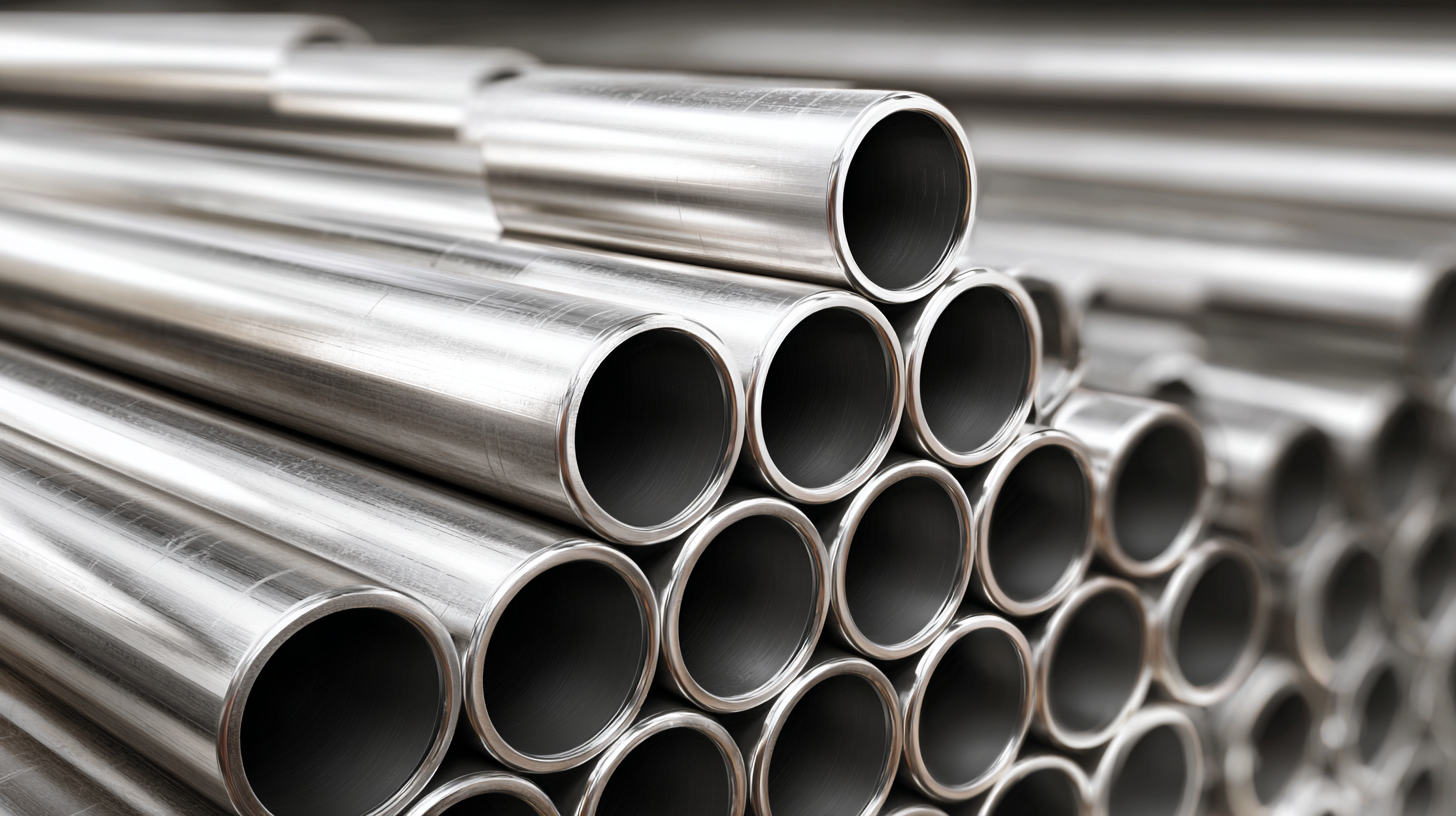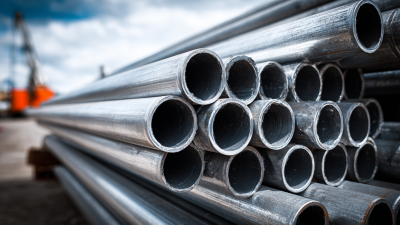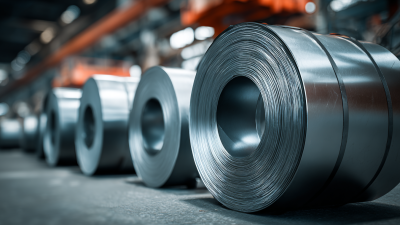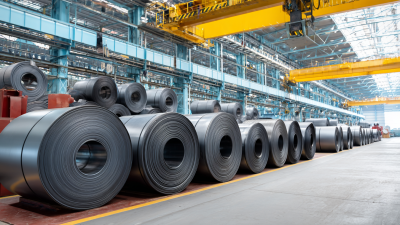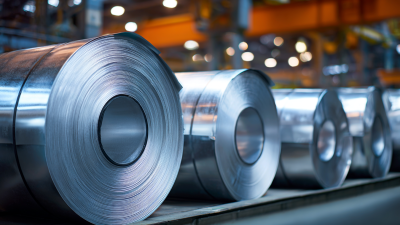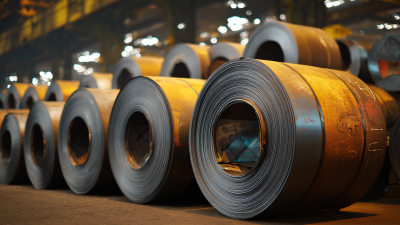When it comes to selecting the appropriate stainless steel pipe for your project, understanding the right thickness and diameter is crucial for ensuring optimal performance and durability. With a plethora of options available, making an informed decision can be overwhelming. Factors such as pressure requirements, fluid types, and installation conditions all play significant roles in determining the best specifications for your stainless steel pipe. This blog will guide you through seven essential tips that will help you navigate the complexities of choosing the correct pipe thickness and diameter, ensuring that your choice aligns with both functional requirements and industry standards. Whether you’re a seasoned professional or a DIY enthusiast, mastering these key considerations will empower you to make confident selections that enhance the longevity and efficiency of your piping system.
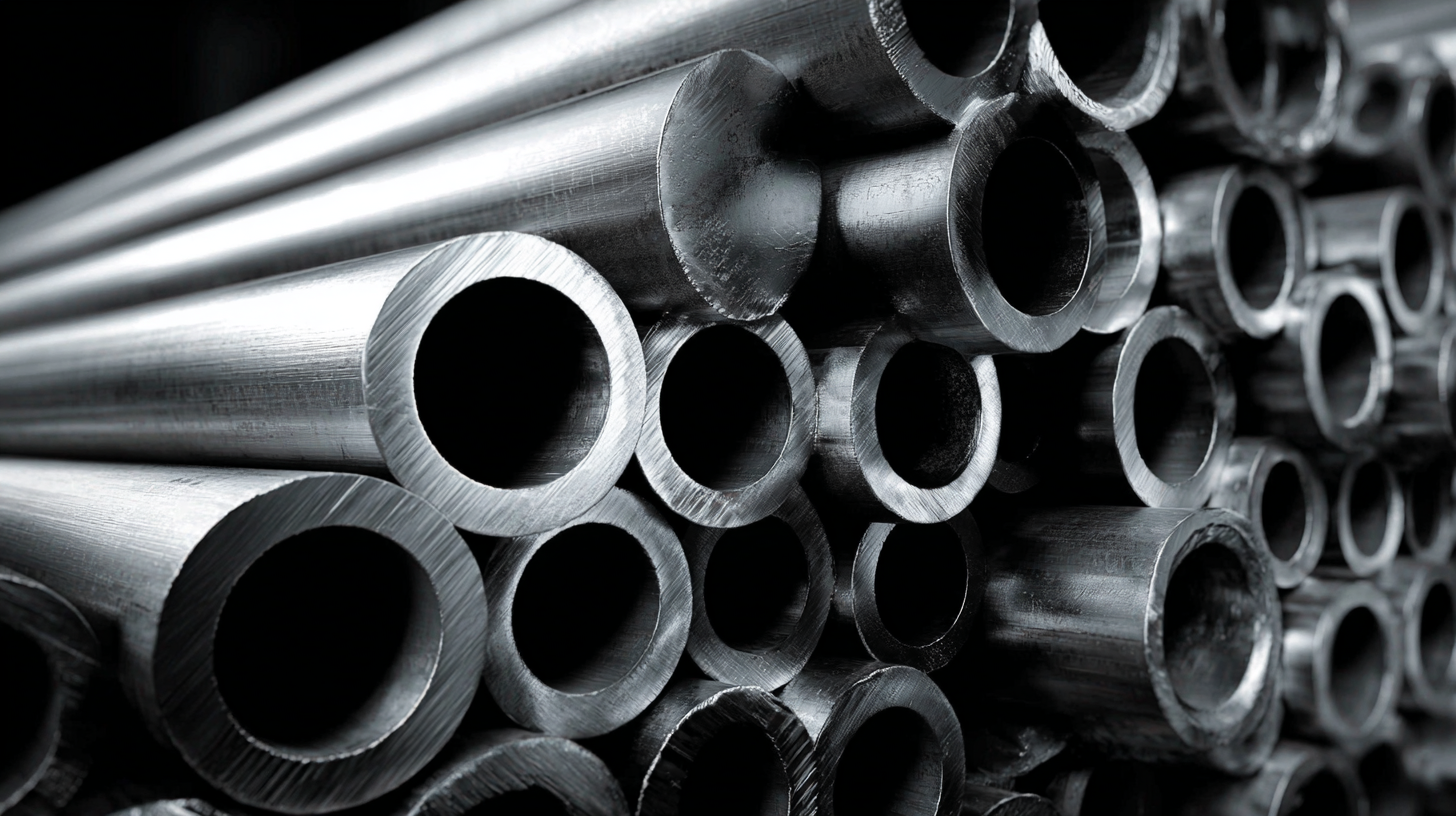
When selecting stainless steel pipes, understanding the thickness and diameter is crucial for ensuring structural integrity. The thickness of the pipe wall significantly influences its ability to withstand stress, pressure, and environmental factors. According to a report by the American Society of Mechanical Engineers (ASME), pipes with thicker walls can support higher pressure ratings, making them suitable for applications in industries such as oil and gas, where durability and safety are paramount. For instance, a schedule 80 pipe can handle pressures up to 1,450 psi, demonstrating the importance of proper thickness in high-stress environments.
Equally important is the diameter of the pipe, which must align with both the fluid dynamics of the system and the structural requirements. A study from the International Journal of Mechanical Engineering revealed that the diameter affects the flow rates and pressure drops in a piping system. For example, increasing the diameter can reduce friction loss, thereby enhancing efficiency, but it also may require a thicker wall to maintain strength under load. Ultimately, a careful balance between diameter and thickness must be struck to ensure the longevity and reliability of stainless steel piping systems in various industrial applications.
This chart illustrates the correlation between pipe thickness and structural integrity, showcasing how different thicknesses affect load capacity.
When selecting stainless steel pipes, one critical aspect is determining the ideal diameter for optimal fluid flow and effective pressure management. Recent industry reports indicate that pipe diameter significantly influences flow rates and pressure drops.
According to a study by the American Society of Mechanical Engineers (ASME), increasing the diameter of a pipe can enhance fluid velocity while simultaneously reducing friction losses. This improvement is particularly important in systems requiring high-efficiency flow, such as in chemical processing and water treatment facilities.
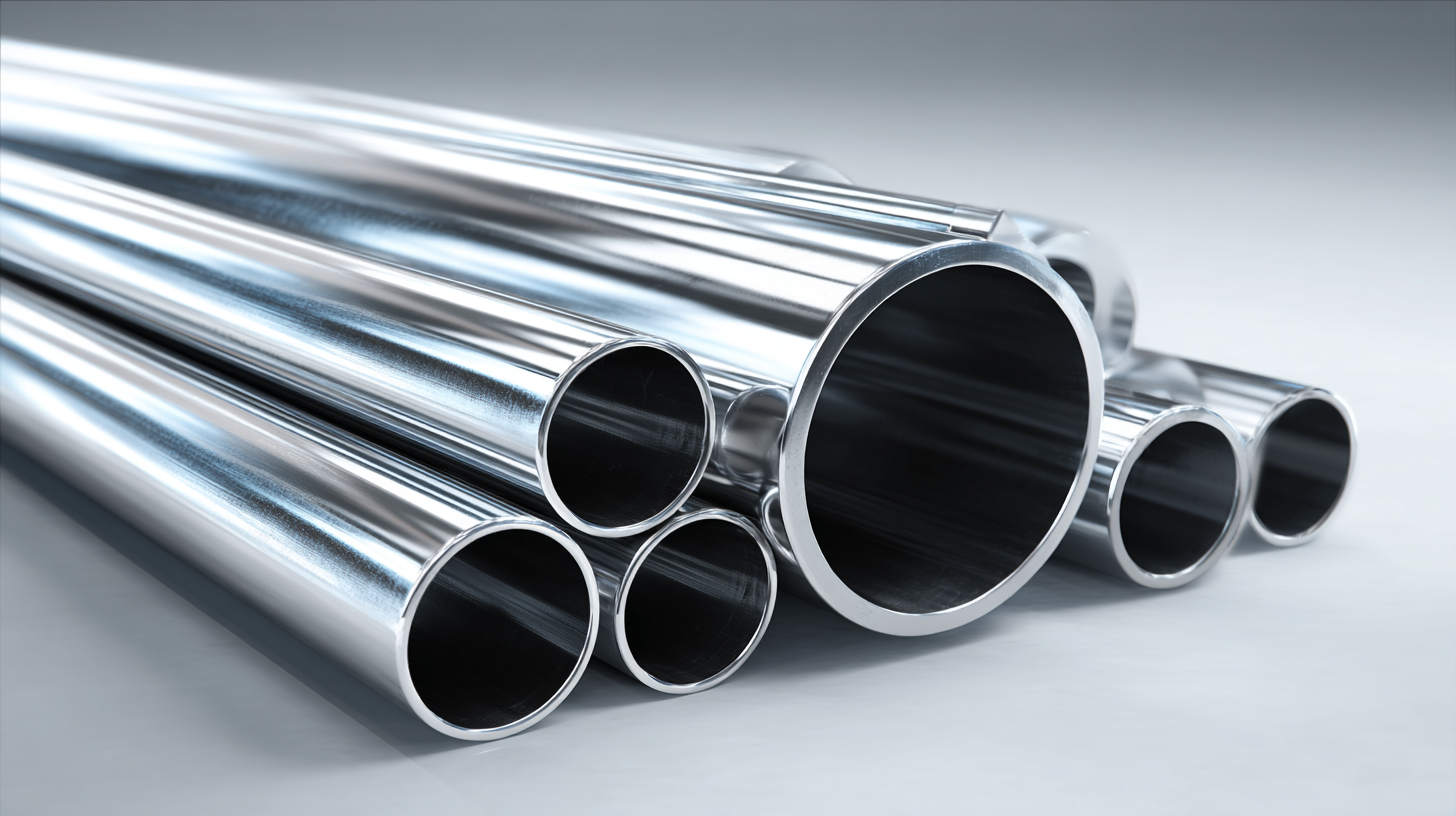
The relationship between pipe diameter and flow characteristics is governed by the principles of fluid dynamics. For instance, the Darcy-Weisbach equation, widely used in engineering, demonstrates that a larger diameter pipe can reduce the head loss associated with flow.
Data indicates that reducing the pipe diameter by just one inch can result in an approximate 10% drop in flow efficiency, underscoring the importance of adequate sizing. As a rule of thumb, engineers often recommend that the diameter be based not only on the required flow rates but also on the specific application, fluid characteristics, and overall system design to ensure optimal performance.
When it comes to selecting the appropriate stainless steel pipe thickness and diameter, understanding ASTM specifications is crucial for ensuring optimal performance and compliance. The American Society for Testing and Materials (ASTM) has established several standards that govern the dimensions, materials, and mechanical properties of stainless steel pipes. These standards, such as ASTM A312 for seamless and welded pipes, provide critical information on wall thickness and outside diameter that can greatly influence the pipe's strength, resistance to corrosion, and overall longevity.
Additionally, the ASTM standards help in identifying the appropriate grades of stainless steel suitable for various applications. For instance, pipes made from 304 or 316 stainless steel are widely used in industries where corrosion resistance is paramount. By adhering to these specifications, engineers and contractors can ensure that they are choosing pipes that not only meet the necessary safety and reliability standards but also perform effectively in their intended environments. Understanding these ASTM guidelines is an essential step in making informed decisions about stainless steel pipe selection.
When it comes to selecting stainless steel pipes, understanding the impact of pipe thickness on corrosion resistance and lifespan is crucial. A recent report from the American Society of Mechanical Engineers (ASME) indicates that the thickness of stainless steel pipes can significantly influence their durability in various environments. For instance, a thickness increase from 0.5mm to 1mm can enhance resistance to pitting corrosion, especially in chloride-laden environments, which is particularly relevant for industries such as marine and chemical processing.
Moreover, the corrosion allowance calculated during design stages can determine the expected lifespan of a piping system. According to data from the Corrosion Technology Council, stainless steel pipes with a designated thicknesses of 2.5mm can extend operational life by 15-20 years in acidic environments compared to standard thicknesses of 1.5mm. This is particularly vital for applications in oil and gas, where unplanned shutdowns due to corrosion can lead to substantial financial losses and environmental hazards. Therefore, choosing the right thickness not only optimizes performance but also plays a vital role in long-term sustainability and safety.
| Pipe Diameter (inches) | Pipe Thickness (inches) | Corrosion Resistance (Rating) | Estimated Lifespan (years) | Suitable Environments |
|---|---|---|---|---|
| 1.5 | 0.065 | Moderate | 15 | Water treatment, Mild chemicals |
| 2 | 0.083 | Good | 20 | Food industry, Pharmaceutical |
| 3 | 0.120 | Excellent | 30 | Marine, Chemical processing |
| 4 | 0.134 | Superior | 40 | Wastewater management, Oil & gas |
| 6 | 0.160 | Excellent | 50 | High-pressure applications, Aerospace |
When embarking on a project that requires stainless steel pipes, understanding the cost-benefit ratio of various sizes is crucial. The thickness and diameter of the pipe can significantly impact material costs, installation expenses, and the overall durability of the system. Before making a decision, it’s advisable to calculate not only the upfront costs but also the long-term benefits related to maintenance and operational efficiency.
One of the essential tips for selecting the right stainless steel pipe size is considering the specific requirements of your project. Larger diameters may offer better flow rates but can also lead to increased material costs. Conversely, thinner pipes may reduce initial expenses but could compromise strength and longevity under pressure. Assessing the intended use and pressure requirements helps in making an informed choice.
Another vital tip is to consider the environmental factors and standards for your application. Pipes operating in corrosive environments may require thicker walls to ensure safety and endurance. Balancing these factors will aid in determining the most cost-effective size while ensuring reliability and compliance with industry standards.
